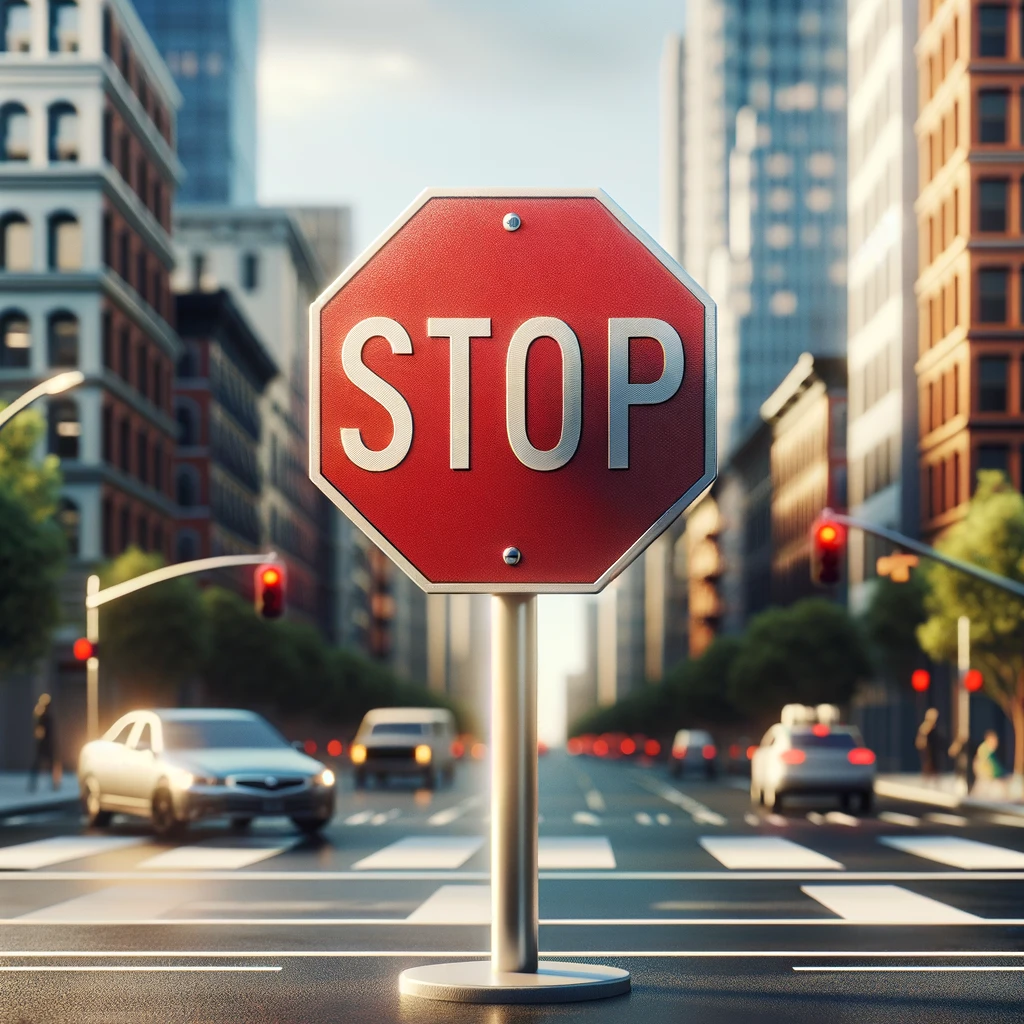Every day, millions of drivers encounter stop signs, universally recognized for their distinct octagonal shape and bold red color. But have you ever wondered why stop signs are octagonal? This article delves into the fascinating history, practical reasoning, and psychological impact behind the eight-sided design of stop signs, a decision that is as much about safety as it is about psychology and history.

The stop sign, as we know it today, was not always octagonal. Its evolution is a tale of safety, visibility, and international standardization. The first stop signs appeared in the United States in the early 20th century. These early versions varied in shape and color, but as the number of vehicles on the road increased, the need for a universally recognizable sign became clear.
The Evolution of Shape and Color
In the 1920s, the American Association of State Highway Officials (AASHO) began to standardize road signs. The shape was a crucial consideration. The octagon was chosen for the stop sign because of its unique silhouette, ensuring its immediate recognition in varied lighting and weather conditions.
Why Not a Square or a Circle?
You might wonder why the sign was not made square or circular. Squares do not stand out amidst the plethora of rectangular signs and billboards. Circles were reserved for railroad warnings, so they were not ideal either. The octagonal shape was distinctive, ensuring that drivers would not confuse the stop sign with other traffic signals.
Color and Contrast for Maximum Visibility
Initially, stop signs were yellow with black letters due to the limited availability of fade-resistant red materials. However, in 1954, with advancements in materials, the sign evolved into the red-and-white format we see today. Red was chosen for its universal association with caution and alertness.
Psychological Impact of the Octagon
The octagon has a psychological significance in traffic management. Its unusual shape catches the eye, and its association with ‘stop’ is almost instinctive in many cultures. This immediate recognition is crucial in traffic safety, reducing reaction times and ensuring compliance.
International Standards and Uniformity
The Vienna Convention on Road Signs and Signals in 1968 played a significant role in standardizing road signs internationally. The octagon for stop signs was adopted worldwide, creating a universal language of road safety. This uniformity is essential for driver understanding, especially in an increasingly globalized world with international drivers.
The Role of the Octagon in Traffic Safety
The primary role of the stop sign is to ensure safety at intersections. The octagon, by virtue of its design, commands attention and compliance. Studies have shown that the shape of the stop sign itself acts as a deterrent to rolling stops, thereby reducing accidents.
Manufacturing and Economic Considerations
From a manufacturing perspective, the octagon is cost-effective. The shape is easy to cut and produces minimal waste compared to circles or other complex shapes. This efficiency is beneficial for the mass production of signs.
Educational and Enforcement Aspects
The distinct shape of the stop sign makes it easily recognizable, which is crucial in driver education. New drivers learn to associate the octagonal shape with stopping, embedding this response from the beginning of their driving experience. In terms of law enforcement, the distinctiveness of the stop sign aids in the clear identification of violations, which is essential for maintaining road discipline.
Technological Advancements and the Future of Stop Signs
As we move into an era of smart cars and automated driving systems, the octagonal stop sign still holds its ground. Advanced driver-assistance systems (ADAS) are programmed to recognize the distinct shape and color of stop signs, ensuring that even in an automated world, the legacy of the octagon continues.
The octagonal stop sign is a testament to the thoughtful blend of psychology, safety, and efficiency in traffic management. Its distinct shape is not just a design choice but a crucial aspect of road safety, deeply ingrained in our driving culture. As we drive past these familiar red signs, we now know they are more than just traffic directives; they are carefully crafted instruments ensuring our safety on the road.

